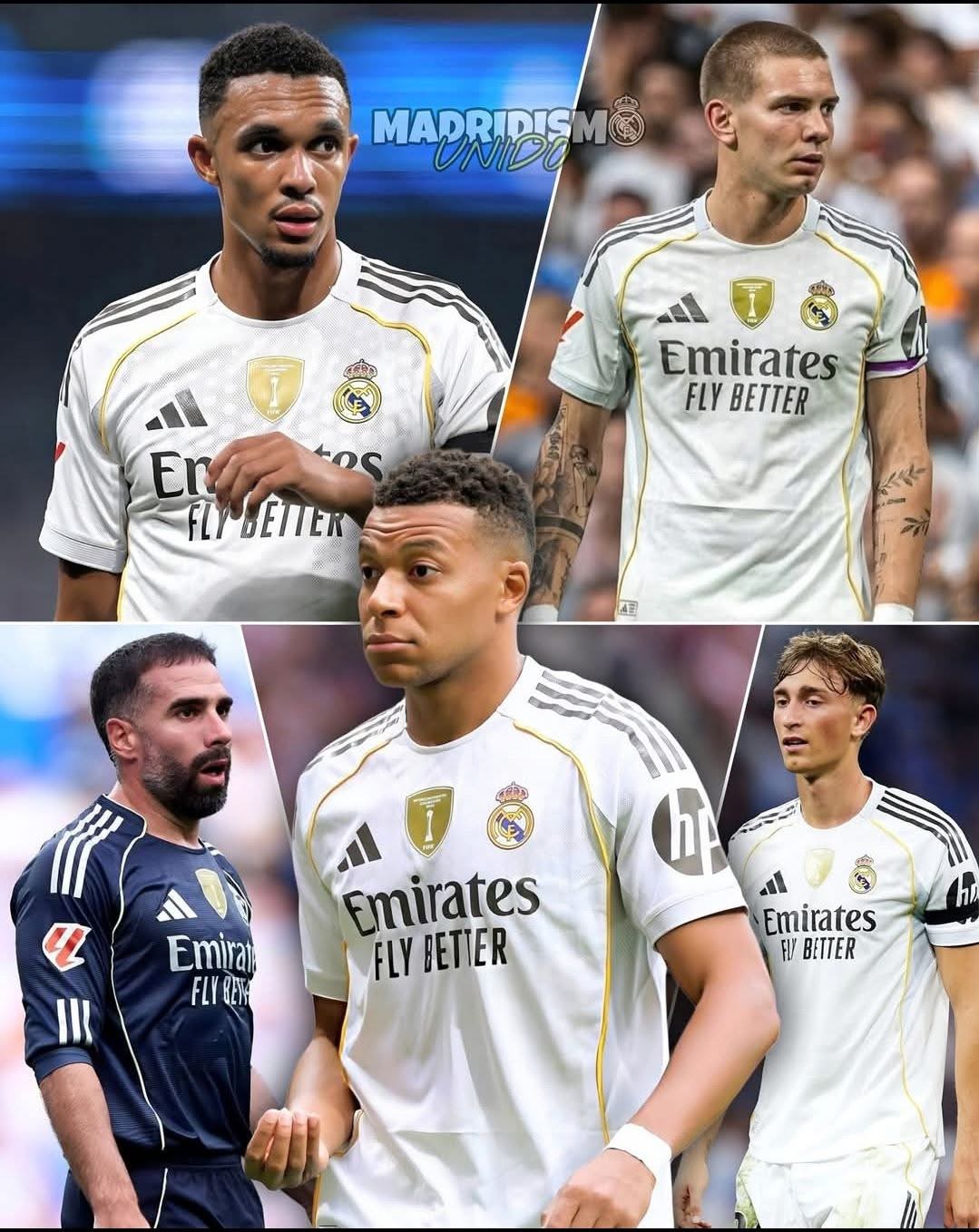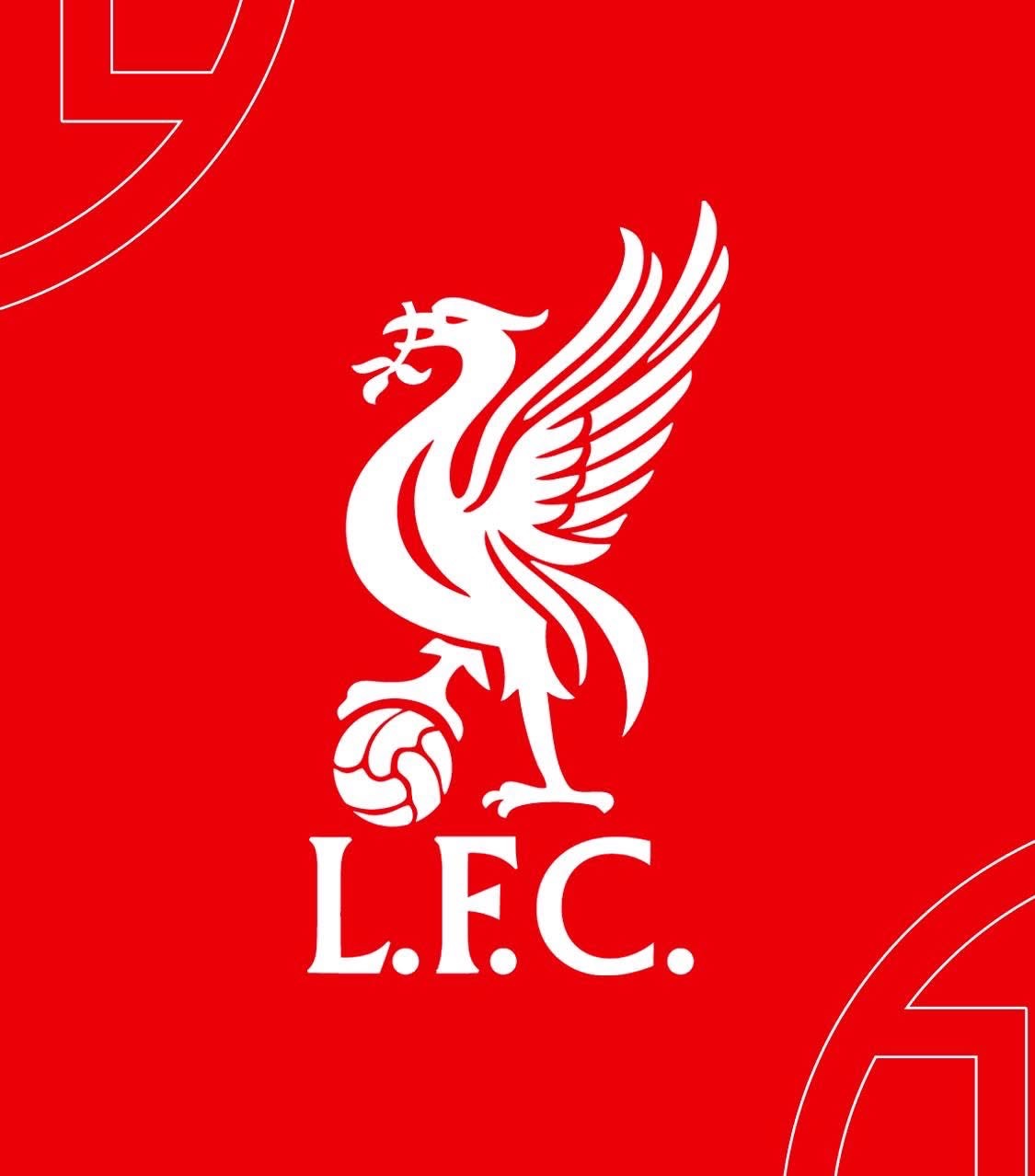The New Battle for Europe’s Finest: Why Transfer Values Are Skyrocketing in the Modern Market
The current wave of high-value transfer debates sweeping across European football reflects just how dramatically the sport’s financial landscape has changed. In recent seasons, market valuations have climbed to unprecedented levels, particularly for players who offer versatility across multiple roles. Clubs are no longer simply chasing individual brilliance; they are paying premium fees for adaptability, tactical intelligence, and long-term potential. As a result, even young or emerging talents are now being linked with price tags previously reserved only for the world’s biggest superstars.
Images circulating online—showing players placed beside enormous hypothetical price tags—capture this trend perfectly. Though many of these valuations are speculative, they underline a new reality: modern football’s economy is driven by inflated expectations, fierce global competition, and the relentless demand for instant success. Midfielders capable of contributing offensively and defensively, or forwards who can operate across the entire attacking line, have become some of the most valuable assets in the game. Their ability to serve multiple tactical systems makes them irresistible to elite clubs.
Top European giants, including Real Madrid, are frequently associated with these rising stars. Madrid’s long-term squad planning has led to continuous scouting of talents who could fit into their future vision—players who possess not only technical brilliance but also the mentality to thrive under the pressure of the Bernabéu. Yet other major clubs across the Premier League and Serie A are also entering the race, pushing valuations even higher with bold bids. One image referencing a significant offer from an English club demonstrates that Premier League spending power continues to shape the entire market.
This competitive environment has created a global battlefield, where clubs must make quicker, smarter decisions to avoid losing out on the next generational talent. The financial might of England, the strategic planning of Spain, and the developmental systems of Germany and France all collide in a single marketplace. As a result, transfer windows now feel like high-stakes auctions rather than simple negotiations. Every move, bid, or rumour contributes to the pressure that drives transfer values up.
Ultimately, these high-value transfer debates reveal more than just numbers—they showcase how football is evolving. Modern clubs are not only acquiring players; they are investing in long-term assets expected to reshape their tactical identity, commercial growth, and global appeal. The valuations may seem extravagant, but in a football world built on unmatched fan engagement and billions in revenue, they reflect the new normal.




